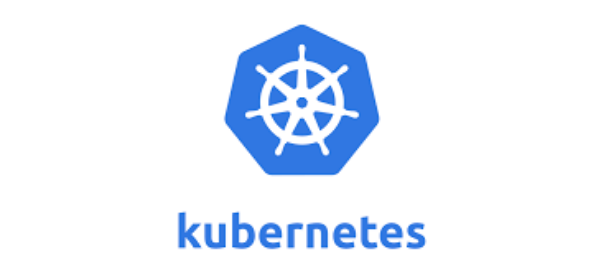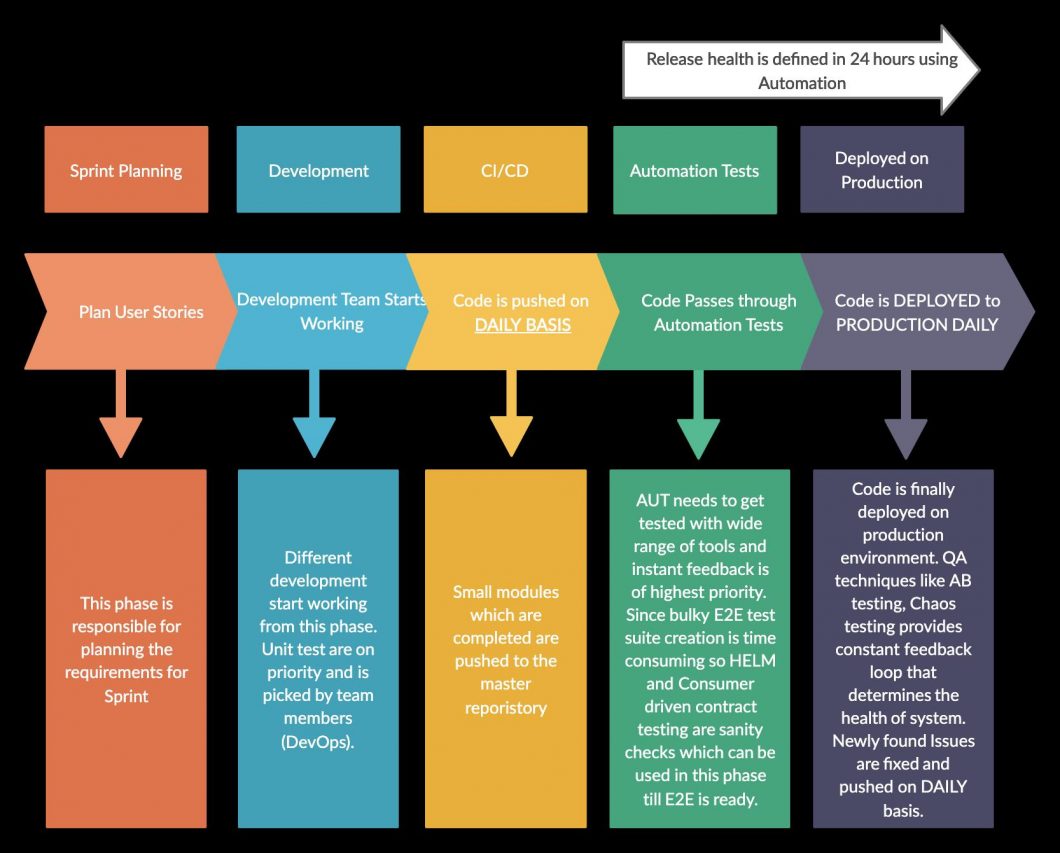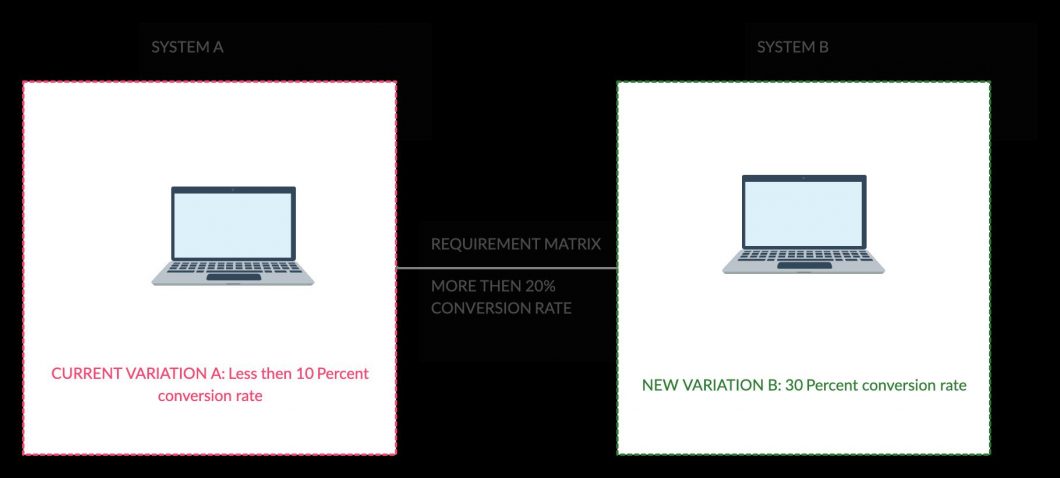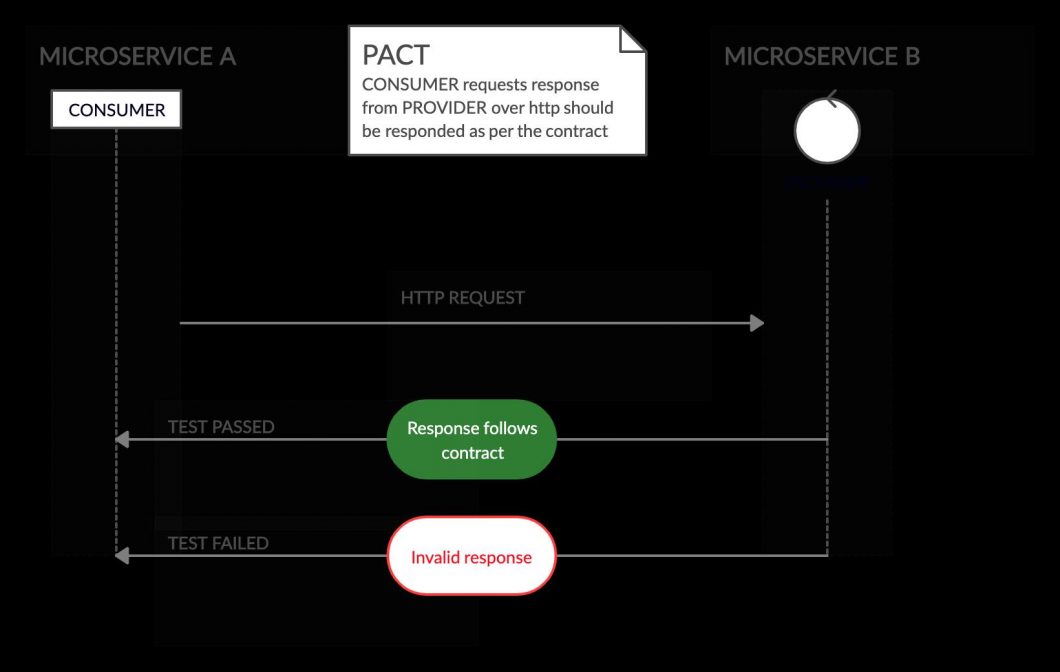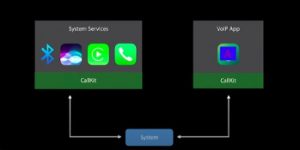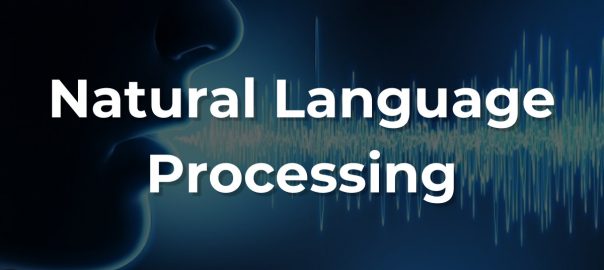AI has transformed industries and has immense potential to reshape the healthcare landscape. Medical data like patient visits, prescriptions contain valuable information which can be extracted to create a more structured data format. This has become possible with Artificial Intelligence and Machine Learning. This in turn offers insights into the trends and facilitates collaboration between different healthcare units. Applications for AI in healthcare range from early detection of symptoms to potential diagnosis at a fraction of the cost and increased accuracy.
What is Optical Character Recognition?
Artificial intelligence refers to the use of Machine Learning algorithms to mimic human behavior. Say we want to create a program that takes an input and gives an output. The program uses some decision-making mechanism to arrive at an output. This is primitively done by something called IF-ELSE statements. The limitation of these statements is that one needs to know the exact condition that will produce the desired output. For example, we know the marks of a student and we want to assign a grade, we can hardcode the same using if-else statements – IF marks > 90 then grade = ‘A’. In this case, we have a clearly defined boundary that helps us arrive at our output. But what happens when we don’t have a clearly defined boundary?
Let me explain this with an example. Suppose we have an image of a letter. And we want our program to tell us which letter it is. What kind of code shall we write? This is an example of a problem that doesn’t have a clearly defined boundary. One way to solve this problem is to build a model, which does not use if-else statements but works quite differently. The idea is to feed the program an input image (say an image of ‘A’) and tell the program that it’s an ‘A’. We do this repetitively and try to get the program to learn what ‘A’ looks like. Hence, the term “Machine Learning”. We do the same for every letter or number. This falls under the computer vision category, namely Optical Character Recognition.
Overview of Natural Language Processing :
Natural language Processing is an area of AI and Linguistics and it deals with the application of computational techniques and models to the analysis of human languages. NLP deals with processing written text including but not limited to extracting useful information such as named entities, etc. This requires an understanding of what a word means, which is not something computers generally have. This too is done by learning, where a huge amount of text is fed to the model, and it will try to learn patterns and dependencies between words. In the next section, we will define a problem statement and see how an application of these two concepts can help us make better decisions faster, way faster.
Problems faced by the Healthcare Industry :
Insurance companies have certain parameters to account for when finalizing the premiums they charge for their insurance. One of the most important parameters is the medical history of the member/ insurance holder. The idea is that if a member has more cases of medical history then that member is more likely to raise a claim in the future, thereby costing more.
So the insurance companies need to know relevant details of the medical history and assign risk scores (this could be a topic for another article) corresponding to the medical history. But medical histories are generally stored in paper form. Suppose you had a doctor’s visit, everything there is generally stored in paper format. One might have had any number of tests, and these are in most cases available in paper form. Thus, going through all the paperwork of a member’s medical history is an engaging task. This might take a person anywhere between 30mins – 1 hour. So, is there a way to automate the task?
How can AI help to resolve the issue?
The first step in the process is to get the images of all our documents. The idea is to use OCR to extract the text information from images and subsequently use NLP to extract relevant information, such as diagnosis, procedure or operation, medications that the member is on, etc. There are many open-source OCR engines, one such engine is Tesseract OCR.
Tesseract is used for text detection within large documents or used in concurrence with an external text detector. It can be used directly or through an API to extract text from images. It supports Unicode and has the ability to discern more than 100 languages and can also be trained to recognize multiple languages. The current model, Tesseract 4 focuses on line recognition. It also supports the legacy Tesseract 3 in recognizing character patterns. It is compatible with many programming languages and frameworks. CNN (Convolutional Neural network) is typically used for single character whereas RNN is used for multi-characters.
The next step is to feed the image to the tesseract engine. It will give a file output that contains text extracted from the image. There are various Open source NLP engines. We then feed lines from the text file to our NLP engine which will read each line and use dependencies between words to figure out what our diagnosis, procedure or medications will be. Most NLP engines offer phrase matching capabilities, so we can look for particular phrases as well. We can narrow our search to a specific diagnosis (or any other information of relevance) as well.
Final Steps :
Once we have extracted output from the NLP engine, we can create a database that will have fields such as member name, document type, extracted information, etc. We can use the above pipeline and feed it numerous files at once. After every output, we can append the same to our database.
This process takes a mere few seconds to go through all the files of a member. Using this, we will be able to read through the medical history of thousands of members in a matter of hours.
Like other businesses, if you too are looking to develop applications for AI in healthcare, Mindfire Solutions can be your partner of choice. We have deep expertise in AI and ML Capabilities. With a team of highly skilled and certified software professionals, that have developed many custom solutions for our global clients over the years.



